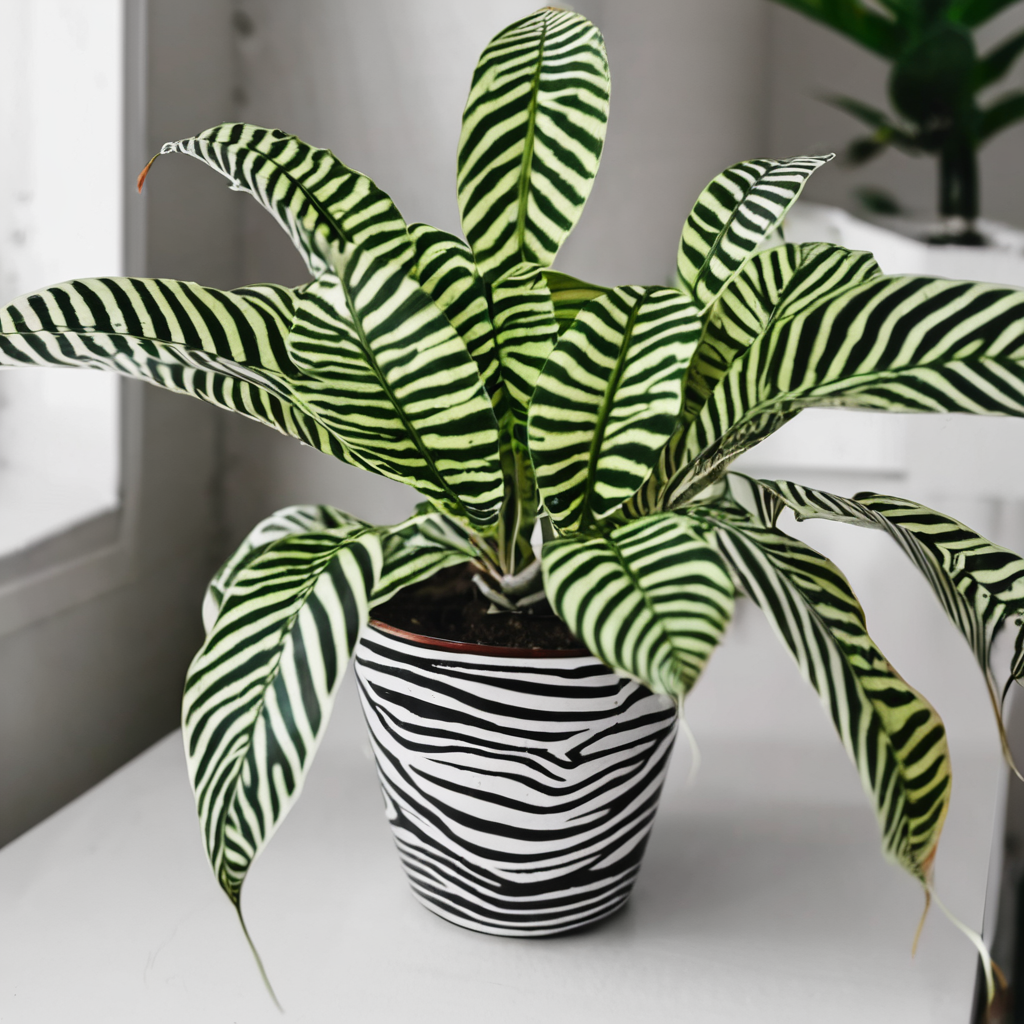With its bold stripes and unique foliage, the Zebra Plant (Haworthia attenuata) is a real showstopper among succulents. Native to South Africa, this drought-tolerant succulent is perfectly suited to indoor conditions. With the right care, your zebra plant will reward you with its striking looks for many years.
Light and Temperature
Zebra plants thrive in medium- to low-indirect sunlight. An east- or west-facing window provides the perfect growing conditions. They tolerate low indoor light if supplemented with weekly doses of direct sun.
Just be sure to avoid the hot sun, which can scorch leaves. Zebra plants prefer temperatures between 65 and 80°F. They’ll let you know if it’s too cold by dropping leaves.
Soil and Potting
Use a well-draining, gritty soil mix with lots of perlite or pumice. Repot into the next-size terra cotta pot as roots fill the container. Crowding inhibits growth, so bigger pots allow room for an extensive root system.
Water and Humidity
Allow the soil to dry out between waterings, then water thoroughly until it drains from the bottom. During the growing season, water every 7–10 days.
Cut back to every 2-3 weeks in winter when growth slows. For extra lushness, mist leaves occasionally or place the pot on a pebble tray filled with water. High humidity keeps the foliage looking its best.
Fertilizing and Pruning
Feed your plant every 2-4 weeks during spring and summer with a diluted liquid fertilizer. Prune off any leaves that look unhealthy to maintain an attractive appearance.
Zebra plants can also be propagated from offsets that form at the base of the plant. Simply remove the plantlets and repot them individually in small pots.
Pests and Problems
Watch for occasional issues like mealybugs, which can be treated with neem oil or insecticidal soap. Underwatering shows in wrinkled leaves that plump back up with water.
With just basic care, your Zebra plant will reward you with its striking foliage patterns indoors for many years to come. Let me know if you have any other questions!
